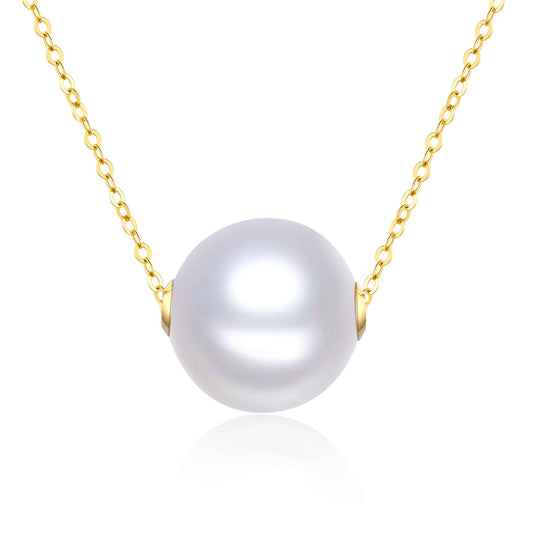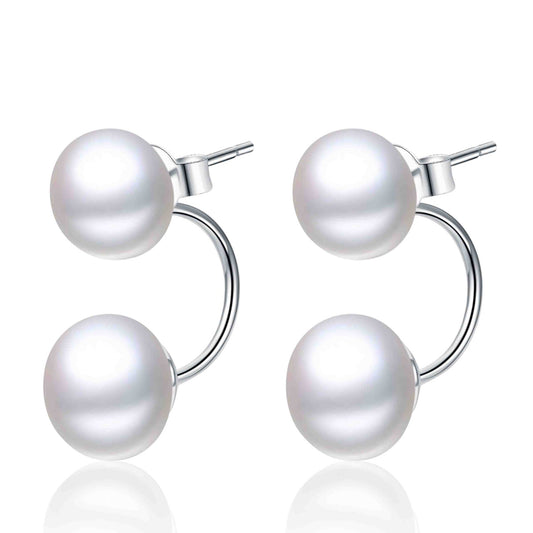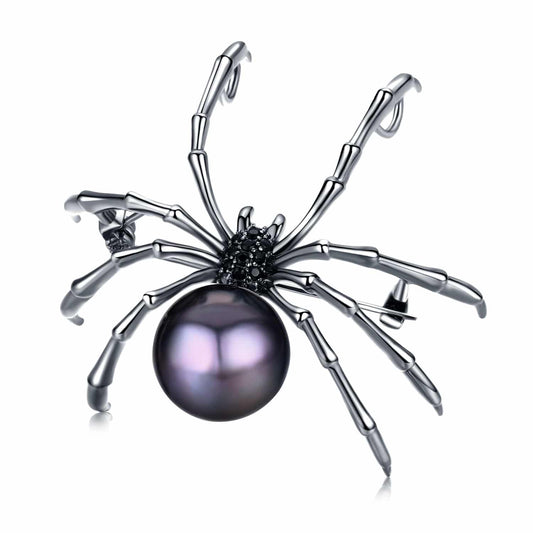
Ama Divers: The Real Mermaids
Share
The mermaid. A mythical creature that has captured the imagination of humans for centuries. In some legends, mermaids were alluring and benevolent, in others hideous and cruel. Some tales were heartbreaking, while in others the mermaids brought luck to the people that encountered them. Though enchanting, it’s the story of the real mermaids, the ama, that is the most fascinating.
Ama, which means ‘woman of the sea’ in Japanese, are female free-divers that push the boundaries of the human body every day. They have practiced their craft for 2,000 to 3,000 years – the first written records of these women were found in Japanese poetry, dating back to the 8th century.
Historically, ama made a living mostly collecting seafood, like seaweed, shellfish, sea urchins, and abalone – risking their lives every day to feed their families. When natural pearls were discovered, some ama turned their attention to diving for pearls. Later, when pearl culturing was introduced by Kokichi Mikimoto in Japan, the ama skills became sought-after and most ama divers started working in the pearl industry around 1893 to care for and harvest pearls.
Free Diving
The ama are free divers – they can hold their breath for up to two minutes and dive between 16-39 feet on average. Some can dive as deep as 82 feet. To avoid decompression sickness, they regulate their breathing when they resurface with a long, slow whistle, called Isobue.
Initially, the women of the sea dived with only loincloths, and bandannas to cover their hair. Later they started wearing white linen suits, but today, most ama use neoprene diving suits and scuba masks. They still don’t dive with air tanks, though.
It’s a Family Affair
The ama starts their training from a young age. They learn to swim when they’re six or seven years old and start training to be an ama from 12 years of age. Mothers and grandmothers teach the young girls the tricks of the trade and they keep on diving well into their 70s. The oldest active ama known was still diving at a ripe age of 92 years old.
How the trade started and why ama divers are female-only is a mystery, but it makes sense because the female body is superior in enduring cold – sometimes freezing – water due to the higher fat content of our bodies.
The ama dive for about four hours a day, over two sessions each, and work for about ten months of the year. Most have a second job; those who dive for seafood would often sell what they caught at the market later in the day. Others are tour guides, introducing their culture to tourists, while others work in local shops.
A Dying Breed
These real-life mermaids are a dying breed; in the 1950s there were over 17,000 Ama divers, but today there are only about 2,000 left. In the 1960s and 1970s education for women improved and Japan’s economy grew significantly, opening a variety of jobs for them that weren’t previously available, persuading many girls not to follow in their ancestors’ footsteps. But some of the young ama work actively to promote their culture and traditions, hoping to inspire more young girls to take up the trade.
The majority of pearls you’d buy today weren’t harvested by the ama, but the similarities between these tough women and pearls are striking. It takes courage and a love for the ocean to inspire ama to take to the water each day – despite the dangers. Similarly, it takes love and grid for a mollusk to form an exquisite pearl out of an irritation.



